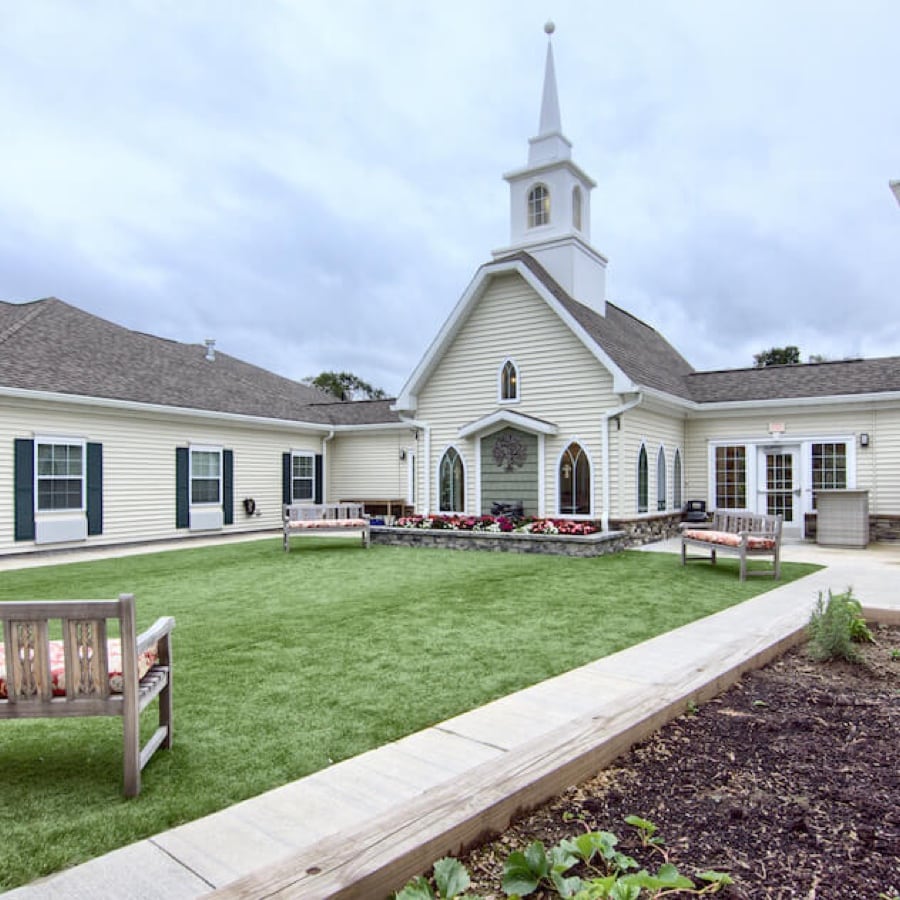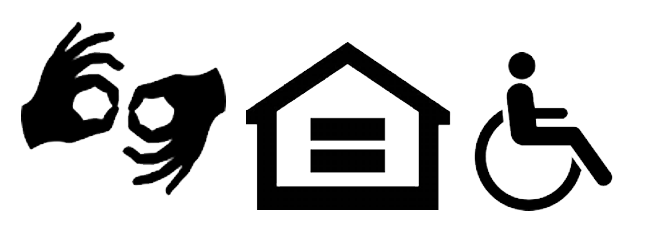If you find yourself in the grocery aisle wondering what nutrition labels on food items are saying, you’re not alone. It can be confusing. Here’s a way to key in on the most pertinent information, along with insights into how the older adult in your life can benefit from healthy eating.
Deciphering Nutrition Labels: 3 Key Items
Don’t let busy nutrition labels put you off. Below are the four most important items to look for when choosing food for yourself or for an older loved one, as reported by the U.S. Food & Drug Administration.
- Servings Per Container tells you the total number of servings in the entire food package or container. Serving Size is based on the amount of food that is usually eaten at one time. However, serving size is not a recommendation of how much to eat. Be aware that many packaged items and beverages have more than one serving inside—so if you eat two servings, you are doubling both the nutrients and the calories.
- Calories on nutrition labels refers to the total number of calories in a serving. In general, 2,000 calories per day has been recommended—however, your age, sex, height, weight and level of physical activity can alter this number. The goal is to achieve a balance between the number of calories you consume (eating or drinking) with the number of calories your body is using. The best advice is to consult your physician to see what works for you.
- % Daily Value (%DV) shows how much of a nutrient in a serving of the food contributes to a total daily diet. The Daily Values are reference amounts (in grams, milligrams, or micrograms) of nutrients to consume or not to exceed each day. Generally, 5% DV or less is considered low. 20% DV or more of a nutrient per serving is high.

Making Nutrition Labels Work for You
Once you become comfortable reading nutrition labels, you need an idea of what numbers you are looking for. You want to find packaged foods that are:
- Higher in dietary fiber, vitamin D, calcium and potassium
- Lower in saturated fat, sodium and added sugars
Specifically, if you are wanting to maintain a 2,000 calorie (a day) diet, you want to see these Daily Values:
- Dietary fiber: Daily Value (DV) of 28 grams. According to the Mayo Clinic, dietary fiber is important for good bowel health. It increases the weight and size of stool and softens it, helping to lower the risk of developing hemorrhoids and small pouches in the colon. Some studies have suggested fiber can also lower the risk of colorectal cancer.
- Calcium: Daily Value (DV) of 1,300 milligrams per day. Calcium can reduce the risk of fractures, osteoporosis and diabetes. It also helps with muscle and nerve function, blood clotting and secretion of hormones.
- Vitamin D: Daily Value (DV) of 20 milligrams. Vitamin D helps your body absorb calcium and contributes to bone health. It also helps manage blood pressure. Vitamin D deficiency may contribute to osteoporosis, muscle weakness, hip fractures, diabetes, cancer, heart disease, arthritis and poor general health.
- Potassium: Daily Value (DV) of 4,700 mg per day. Potassium plays an important role in sound functioning of the cells, and has been shown to help reduce high blood pressure and the risk of kidney stones.
Other Tips for Eating Healthy
Nutrition labels are just a start. Here’s some other ideas for eating well.
Avoid foods with lots of calories on the nutrition labels but few nutrients, such as chips, candy, baked goods, soda and alcohol
Look for foods that are low in cholesterol and fat. Saturated fats are often found in animals, and trans fats are those commonly found in margarine or vegetable shortening.
Stay hydrated. Hunger is often a sign you aren’t drinking enough fluids. Stick with water or green tea if possible and avoid sodas or excessive alcohol.
Eat foods that load you with nutrients, not calories. Think fruits and vegetables, whole grains, fat-free milk and cheese, seafood and lean meats, and beans and nuts.
Getting proper nutrition is just one aspect of healthy aging. At Peregrine, we are transforming senior living and creating an environment that empowers each individual to live a unique and enriched life. We’d love to tell you more.
Schedule a tour to meet our team and learn more about life in our community. During your visit, you’ll experience all the amenities, programs, and activities that our residents enjoy in a typical day. Contact us today to learn more, and please download the free guide, The Complete Guide to Choosing Between Senior Living Options. We are here to help you!











